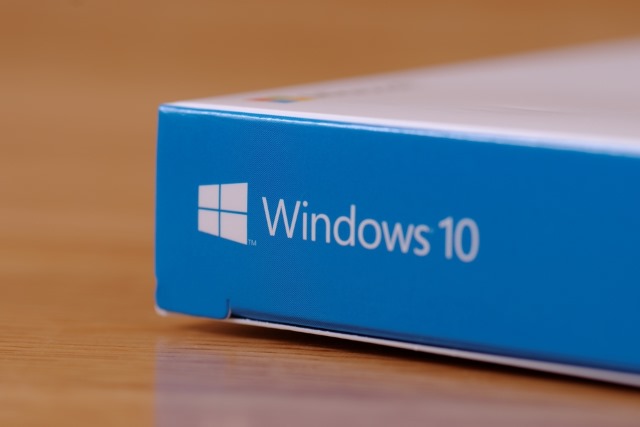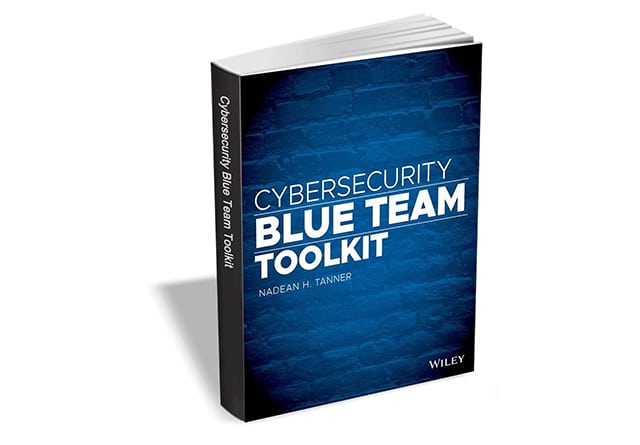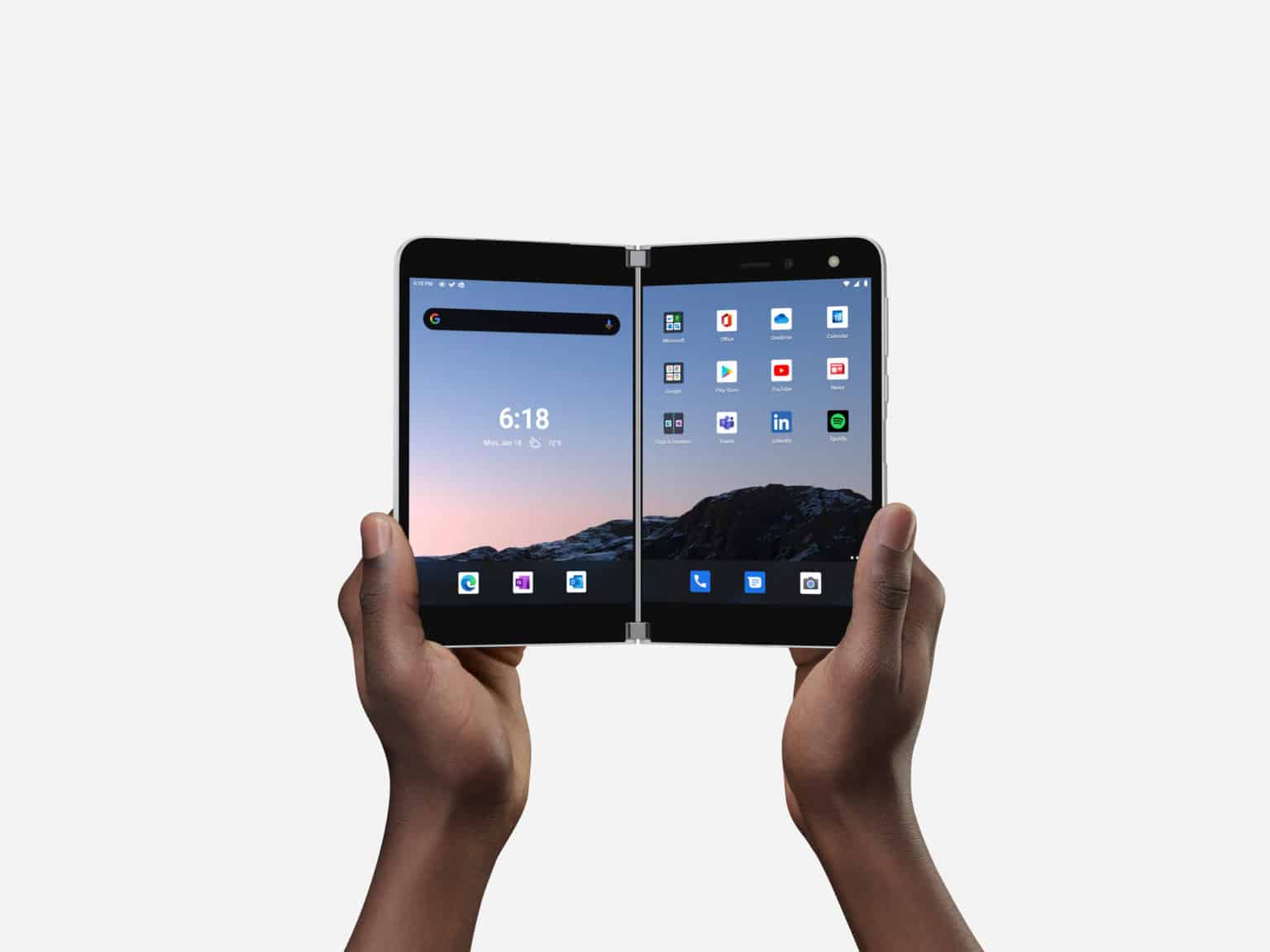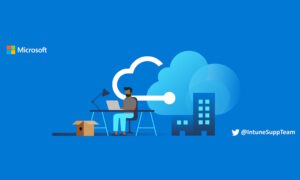
Why security needs to focus on the user not the location [Q&A]
Keeping enterprise systems secure used to be a relatively simple matter of defending the network perimeter. But in recent times the increased sophistication of attacks, a shift to more remote working, and demands for more sophisticated identity management mean things are much more complex.
We spoke to Greg Keller, CTO of directory-as-a-service company JumpCloud who believes that the answer is to move the security perimeter to the user, wherever they are located.

Russia is targeting Linux with Drovorub malware
The NSA has issued a warning about a new round of cyberattacks by Russia. This time, the GRU (Główny Zarząd Wywiadowczy, the Russian General Staff Main Intelligence Directorate) is targeting Linux machines.
To orchestrate the attacks, the GRU is using a malware suite called Drovorub. The suite is made up of four modules and uses a variety of techniques to hide itself and evade detection.

Ubuntu-based Linspire 9.0 is a Linux distro that costs money -- don't buy it
There are many great things about Linux-based operating systems. Not only are they often lightweight and good for older hardware, but they can be customized too thanks to the various available desktop environments. Unlike Windows, which only has one user interface, Linux distros can have several. Of course, one of the biggest benefits of Linux is that it is free. There are countless great operating systems based on the open source kernel that cost nothing, such as Ubuntu and Fedora.
The thing is, Linux-based operating systems don't have to be free. In fact, just because the Linux kernel is open source, that does not mean that a Linux distribution can't incorporate closed source code. This brings us to Linspire -- one of the rare Linux-based operating systems that costs actual money. Believe it or not, it isn't even cheaper than Windows 10 Pro! Version 9.0 was recently released, but you probably shouldn't buy it.

What do we want? Zero trust! When do we want it? Later!
Almost half, of the participants in a new survey say zero trust is critical to their organizational security model, with only two percent of business leaders believing zero trust non-essential for their enterprise security posture.
But the study from Illumio, based on responses from over 460 IT and security professionals, finds that real world adoption is lagging. Of the respondents who find zero trust to be extremely or very important to their security posture, only 19 percent have fully implemented or widely implemented their zero trust plan.

Google makes it easier to vote in the 2020 US Election
The stage is set for the 2020 US Election. We finally know the makeups of both tickets -- Trump and Pence (Republican) against Biden and Harris (Democrat). It is largely expected that the Democrats will win given Donald Trump’s horrible performance as president, but hey, you never know. In 2016, Hillary Clinton was considered the front runner, and we know how that turned out.
That’s why, if you want Joe Biden to be your next president, it is very important that you vote this year -- don’t become indifferent because you assume he is going to win. If you are a first-time voter or just someone intimidated by the voting process, I have good news. Google is making it very simple to learn how to register to vote and what is required to actually cast your ballot.

Remote work and organizational silos [Q&A]
The move to remote working, driven by the coronavirus pandemic, has highlighted a number of issues, not least the ability of all parts of an enterprise to collaborate.
Unless there's a means for departmental processes to work together, organizations will soon find themselves in a very siloed workplace. We spoke to Terry Simpson, technical evangelist at process automation company Nintex, to discuss how organizations can break down silos and increase collaboration across their teams even when working remotely.

Windows 10's new GPU controls are great news for power users
Microsoft is giving Windows users far greater control over graphics settings to allow anyone with multiple GPUs to customize how and when they are used.
The change means that it now possible to not only choose which GPU should be used by default, but also specify which GPU individual applications should use. As well as making it possible to maximize performance when required, the new controls also give additional power-saving potential.

Microsoft releases Windows 10 Build 20190 with a new welcome experience that highlights what's new
Yesterday, Microsoft rolled out a new Windows 10 build to those insiders on the Beta Channel, and today it follows that up with a new release for those in the Dev Channel.
Build 20190 comes with a new post-update experience which can be accessed through the Tips app. This useful addition tells you what has changed each time you install a major update.

5 reasons you should NOT buy Microsoft's Surface Duo
Microsoft is a wildly successful company, and when it comes to desktop computing, no one comes close to competing. Whether a computer is for home, education, or business, Windows is probably powering the experience. And yet, when it comes to mobile, Microsoft is a huge failure. The company got a head-start with Windows Mobile pre-dating the iPhone, but it squandered that lead with terrible products such as Kin, Windows Phone, and Windows 10 Mobile.
Microsoft finally admitted defeat by killing Windows 10 Mobile. Ultimately, the company embraced Android by bringing its own launcher to Google's Linux-based operating system. Today, Microsoft launches its first-ever Android device. Called Surface Duo, it copies the dual-screen concept pioneered by LG. Sadly, the smartphone appears to be a train wreck. Here are just five reasons why you should not buy it.

Microsoft has removed a useful driver updating feature from Windows 10
With the arrival of any update for Windows 10 there are questions. What problems does it fix? What new problems does it introduce? What new features does it add? What does it break? What features does it remove?
With the release of the KB4568831 update a couple of weeks ago, Microsoft took Windows 10 version 2004 (Windows 10 May 2020 Update) up to build 19041.423. As well as fixing connectivity and printing problems, this update also killed off a handy option related to updating drivers -- the ability to search online for new drivers from the Device Manager.

Get 'Cybersecurity Blue Team Toolkit' ($26.99 value) FREE for today only!
As reports of major data breaches fill the headlines, it has become impossible for any business, large or small, to ignore the importance of cybersecurity. Most books on the subject, however, are either too specialized for the non-technical professional or too general for positions in the IT trenches.
Thanks to author Nadean Tanner’s wide array of experience from teaching at a University to working for the Department of Defense, the Cybersecurity Blue Team Toolkit strikes the perfect balance of substantive and accessible, making it equally useful to those in IT or management positions across a variety of industries. This handy guide takes a simple and strategic look at best practices and tools available to both cybersecurity management and hands-on professionals, whether they be new to the field or looking to expand their expertise.

Vivaldi 3.2 for Android and Chromebook unveils tracker improvements
One week after launching Vivaldi 3.2 for desktop, Vivaldi Technologies has released Vivaldi 3.2 for Android and Chromebooks.
The new Android build adds several improvements to its built-in tracker and ad-blocking tools, plus makes even more use of the bottom of the user interface. It follows on from last week’s desktop release, which improved the browser’s pop-out video feature with the addition of a mute button.

Attackers can get into a network in 30 minutes
Penetration of a local network takes between 30 minutes to 10 days and in most cases, attack complexity is low, meaning that an attack is within the capabilities of a hacker with basic skills.
Moreover there is at least one easy penetration vector in 71 percent of companies according to the research from Positive Technologies which analyzed the security of corporate information systems and prepared an overview of the most common security flaws and attack methods.

High performing developers release more often
The highest performing developers put out releases 15 times more often and are 26 times times faster to detect and fix open source vulnerabilities than their low performing counterparts, according to a new study.
The report from Sonatype is based on analysis of over 1.5 trillion open source download requests, 24,000 open source projects, and 5,600 enterprise development teams.

Surface Duo, Microsoft's foldable two-screen Android phone, is available to pre-order today
10 months ago, at its Surface event, alongside the Surface Laptop 3, the Surface Pro 7, and the Surface Pro X, Microsoft had a surprise for everyone with Surface Duo, a foldable Android-based phone with two screens.
Today, the company makes the device available for pre-order in the US, with in-store and online sales beginning September 10.



